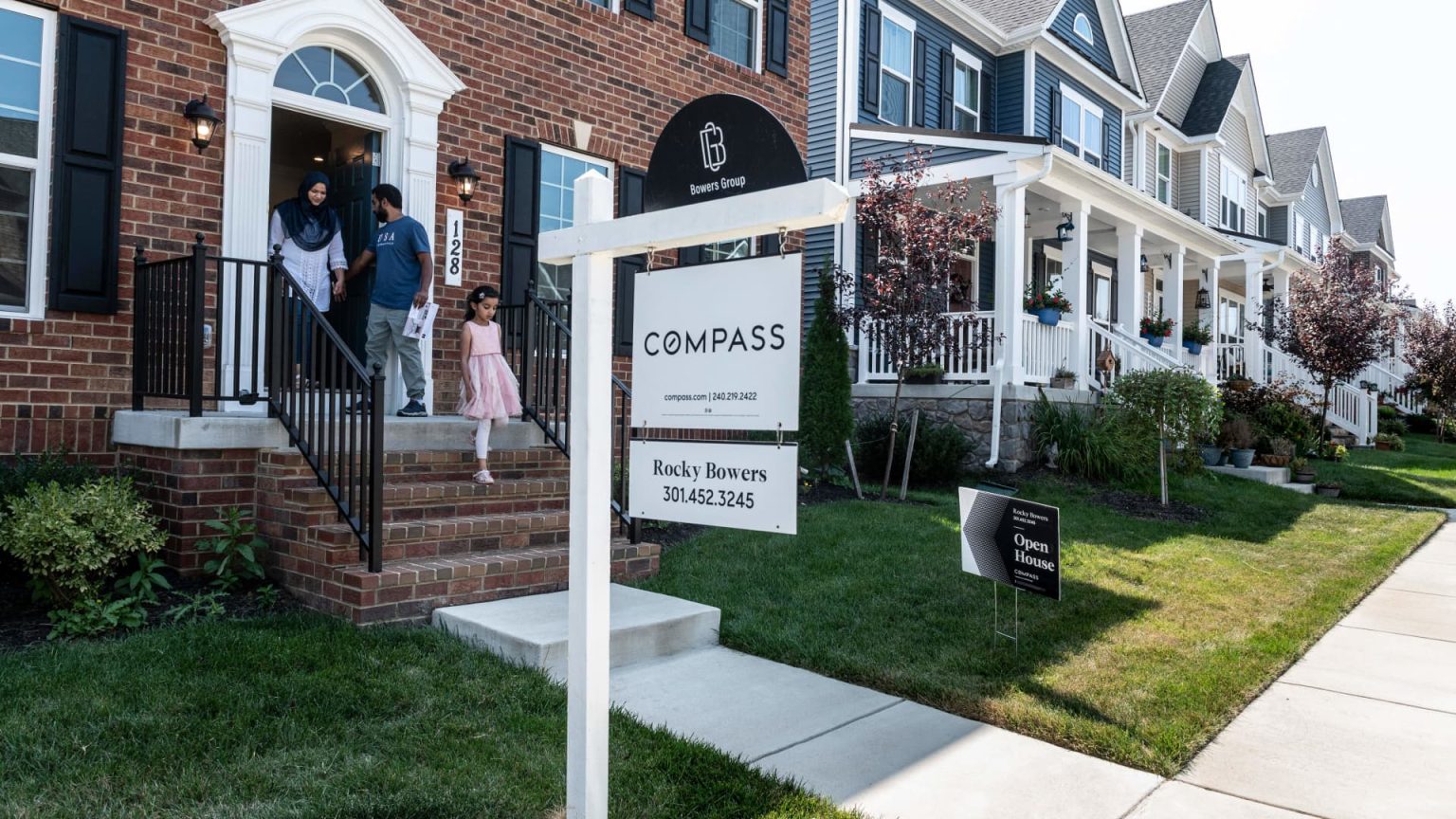The Impact of Tariffs on the U.S. Housing Market: A Growing Crisis
The Struggling Housing Market
The U.S. housing market is currently facing significant challenges, including high mortgage interest rates, a severe shortage of available homes, and record-high home prices. These factors have combined to create a difficult environment for potential homebuyers and builders alike. Now, the introduction of new tariffs on imported building materials is adding another layer of complexity to this already strained market.
The Added Pressure of Tariffs
The new tariffs imposed on goods from key trading partners, particularly Canada and Mexico, are expected to further drive up construction costs. Approximately 30% of softwood lumber used in the U.S. is imported from Canada, while a significant portion of gypsum, a critical component in wallboard, comes from Mexico. The 25% tariff introduced by President Donald Trump is likely to increase the cost of these essential materials significantly. Although the Mexico tariffs have been temporarily postponed, their potential implementation still looms, casting uncertainty over the market.
Impact on Homebuyers
The rise in construction costs due to tariffs will inevitably be passed on to consumers, making homes even more expensive. Home prices have already surged by over 40% since the start of the pandemic, with a 3.8% year-on-year increase reported in November. This trend is particularly concerning for first-time buyers, who are already grappling with affordability issues. According to Jaret Seiberg, a housing policy analyst, these tariffs could exacerbate the affordability crisis, although they might also prompt Congress to consider policies that encourage more affordable housing construction.
Effects on Homebuilders
The tariffs are poised to affect homebuilders across the board, from smaller, regional companies to larger national builders. Smaller builders, operating on tighter margins, are particularly vulnerable to the increased costs. Sheryl Palmer, CEO of Taylor Morrison, highlighted that while her company sources a smaller portion of its lumber from Canada, the impact will still be felt industry-wide. This could lead to higher home prices and reduced affordability for consumers, compounding the challenges already posed by higher interest rates.
Labor Shortages and Immigration Issues
Beyond the tariffs, the construction industry is also contending with a labor shortage, exacerbated by immigration policies. An estimated 30% of construction workers are immigrants, many of whom are undocumented. Recent deportations under the Trump administration have worsened this shortage, leaving the industry struggling to find sufficient labor. Bruce McNeilage, CEO of Kinloch Partners, questioned who would build houses if immigrant workers continue to be deported, emphasizing the critical role they play in the workforce.
Broader Economic Implications and the Road Ahead
The effects of the tariffs extend beyond the housing market, potentially impacting the broader economy. Higher construction costs could lead to increased prices for other consumer goods, reducing the savings available to potential buyers for down payments. Additionally, inflation concerns might lead to higher interest rates, further tightening the housing market. The upcoming spring market, a crucial period for home sales, may face significant challenges as a result of these compounded factors.
In conclusion, the U.S. housing market is navigating a complex web of challenges, with tariffs on building materials adding significant pressure to an already strained environment. The impact on homebuyers, builders, and the broader economy underscores the need for policymakers to consider measures that alleviate these pressures and promote affordable housing solutions.
